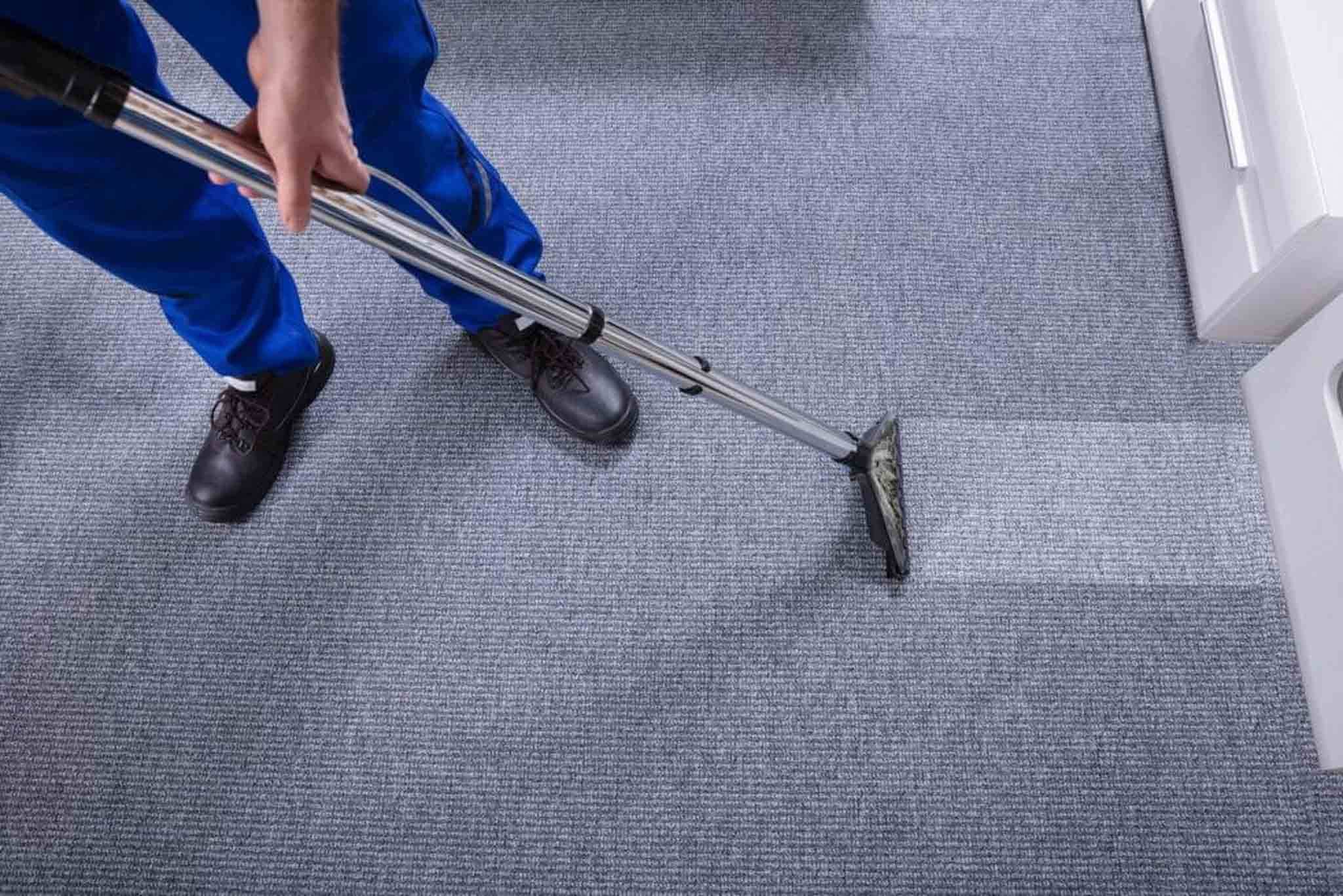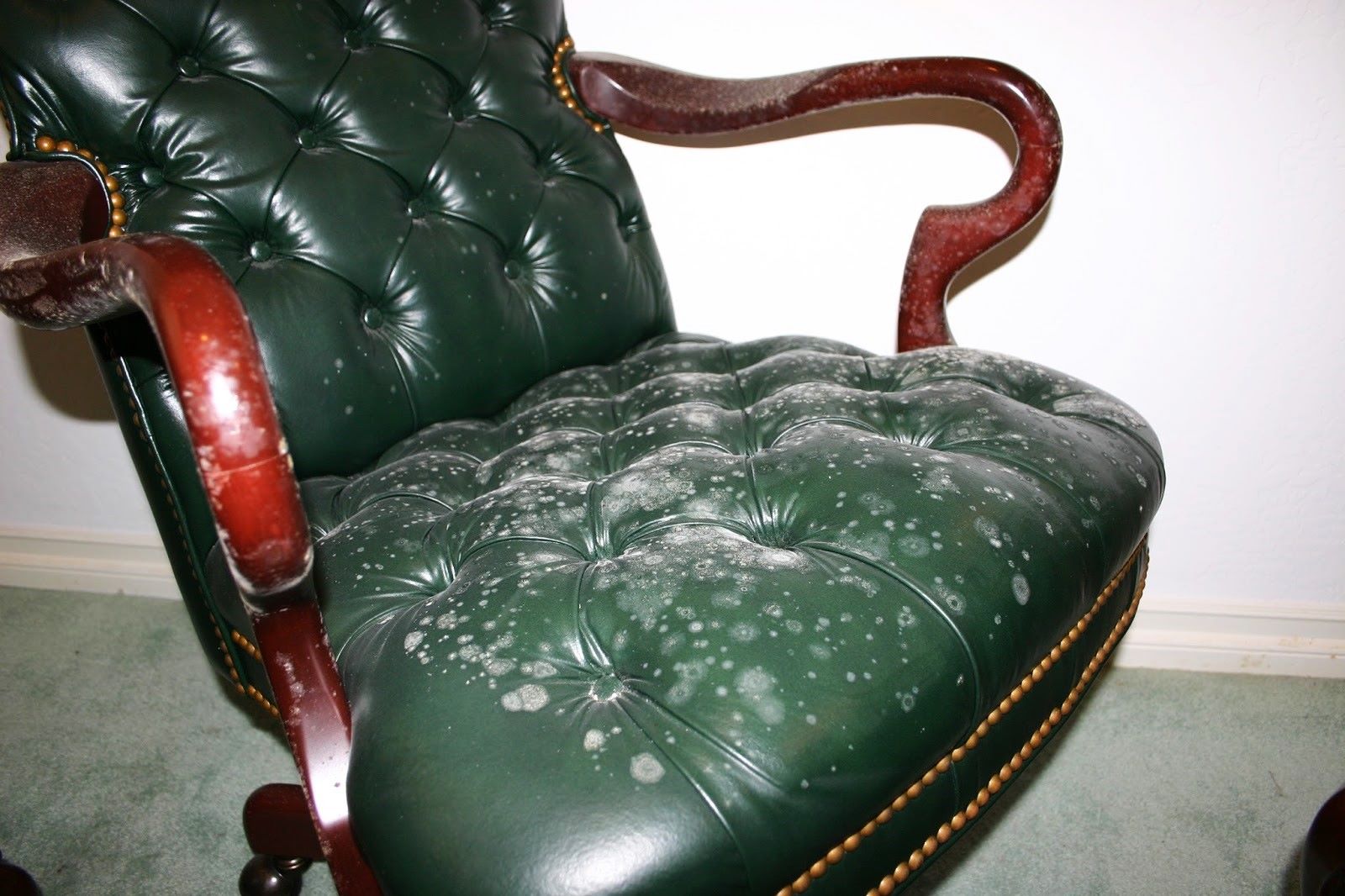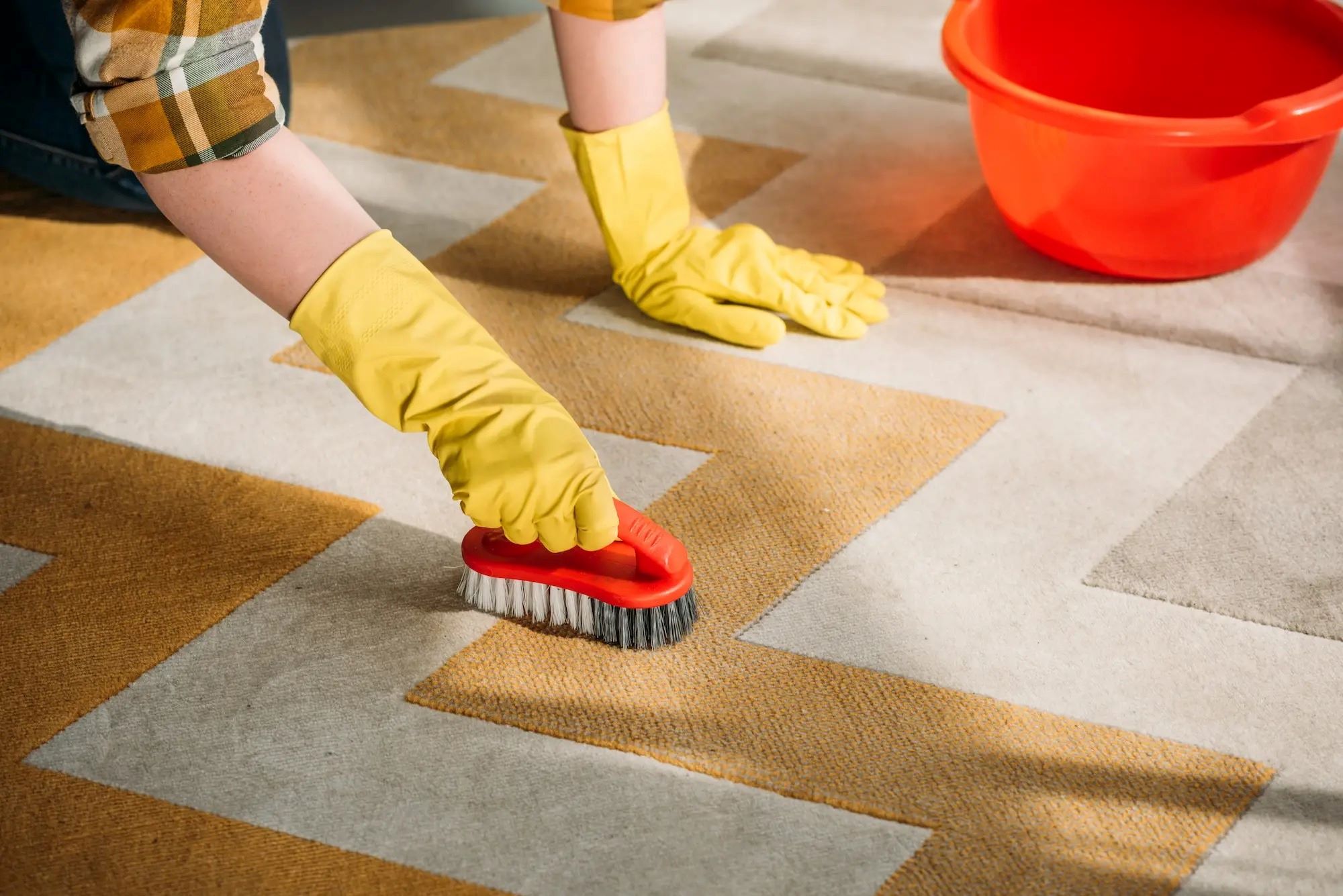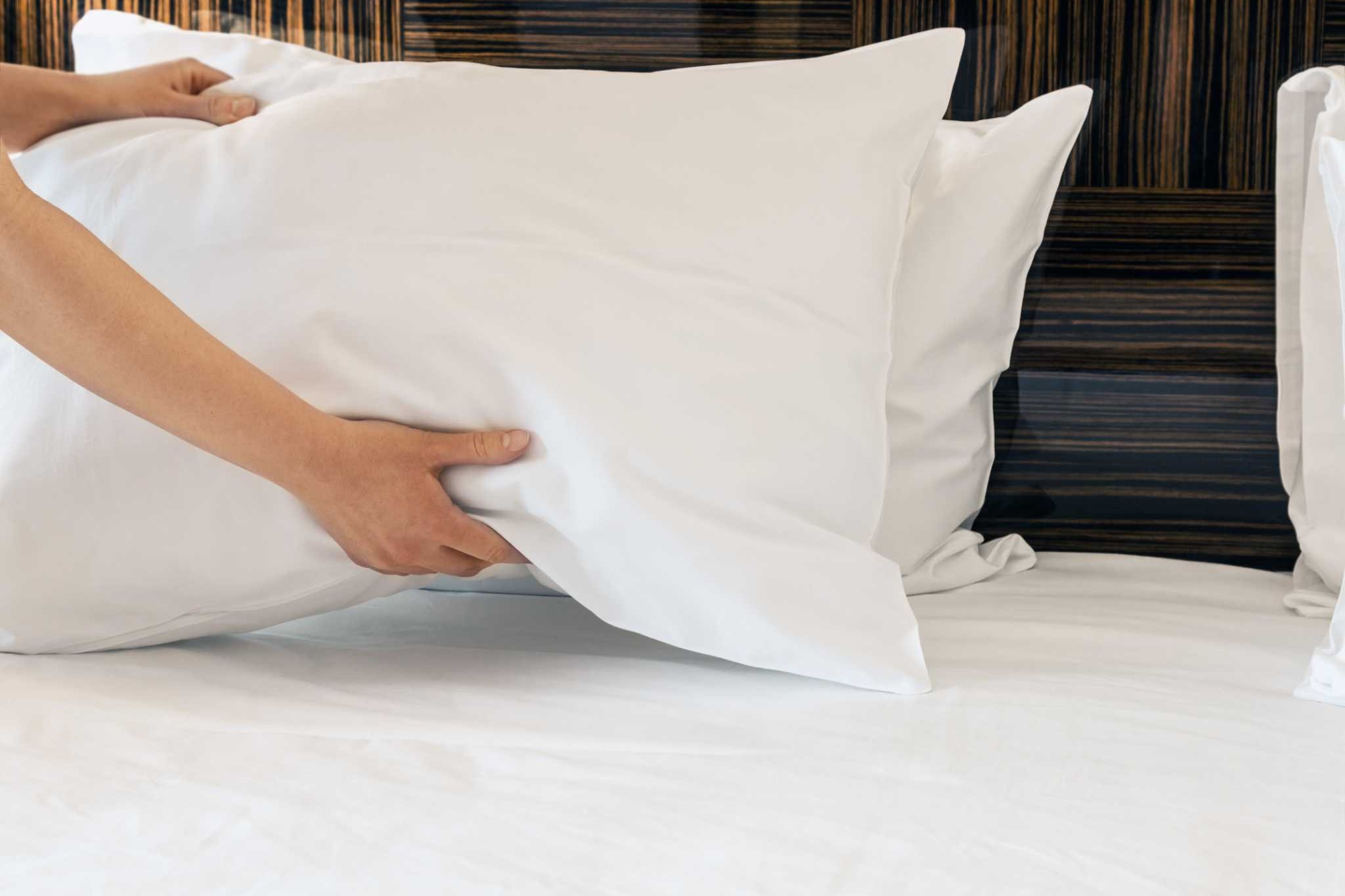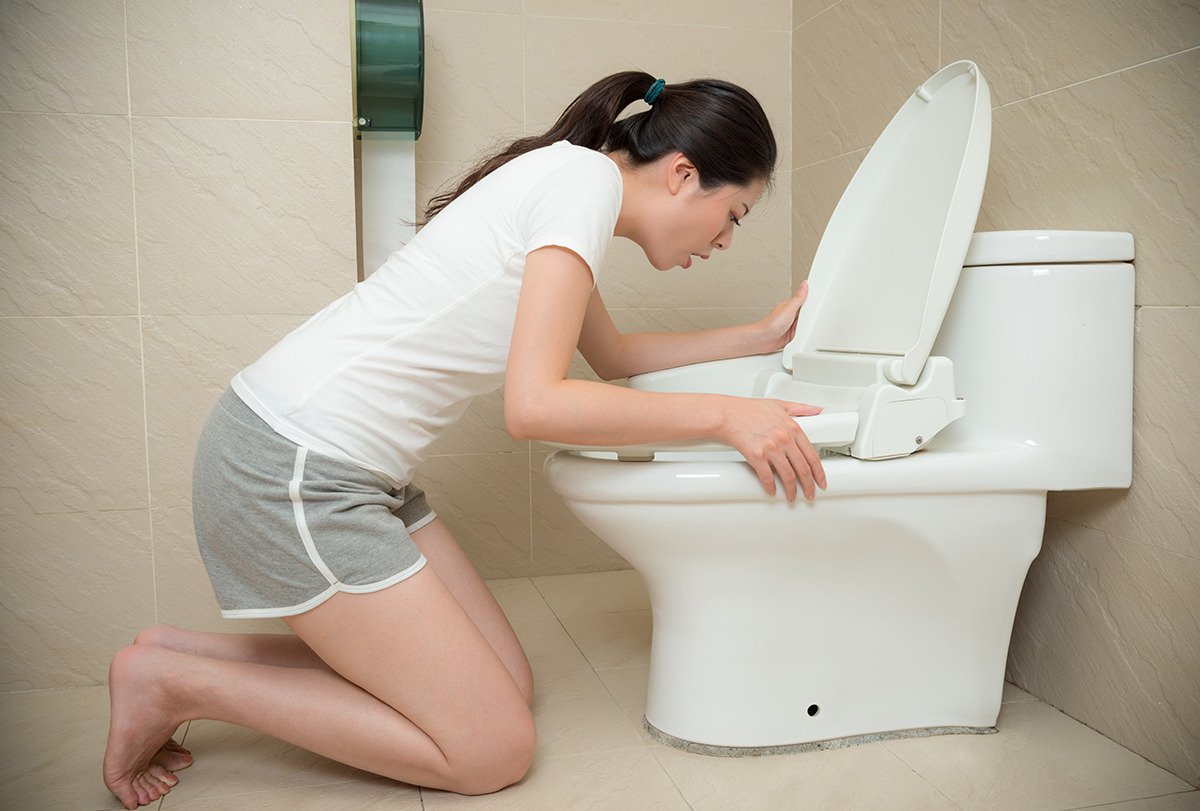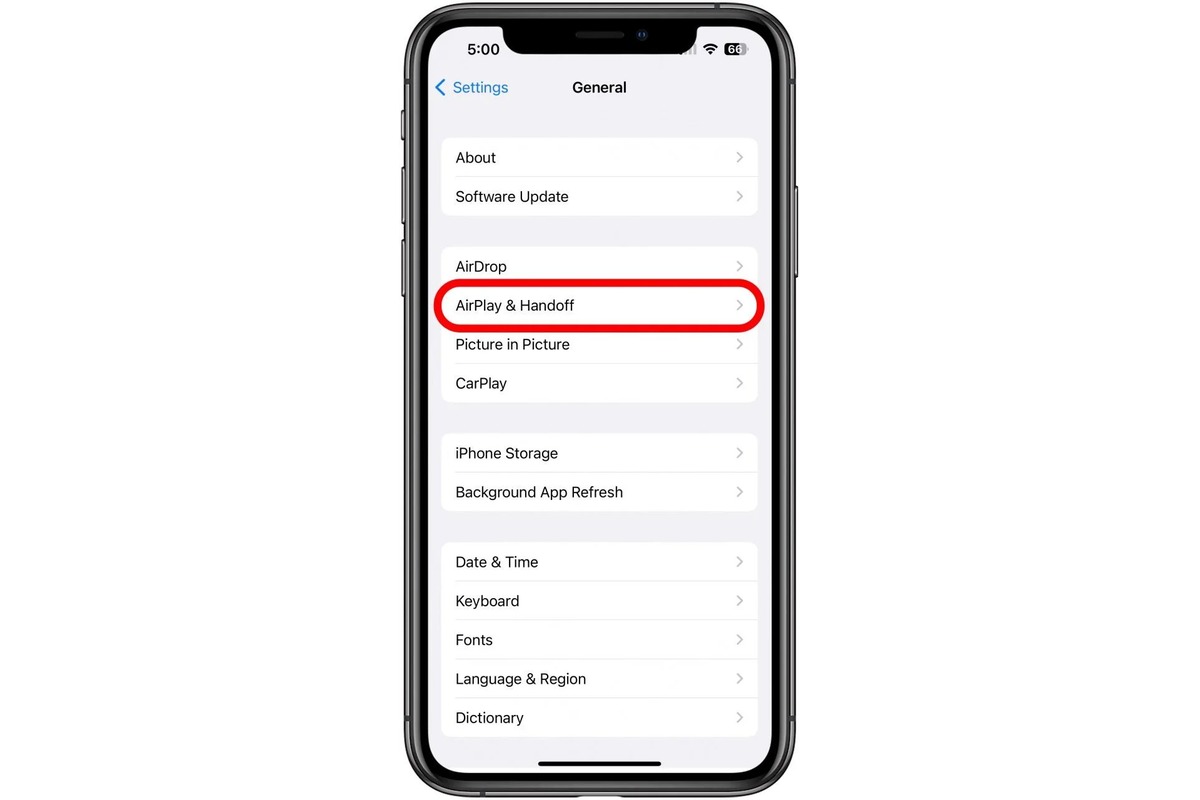Home>Home and Garden>How To Clean Vomit From Carpet
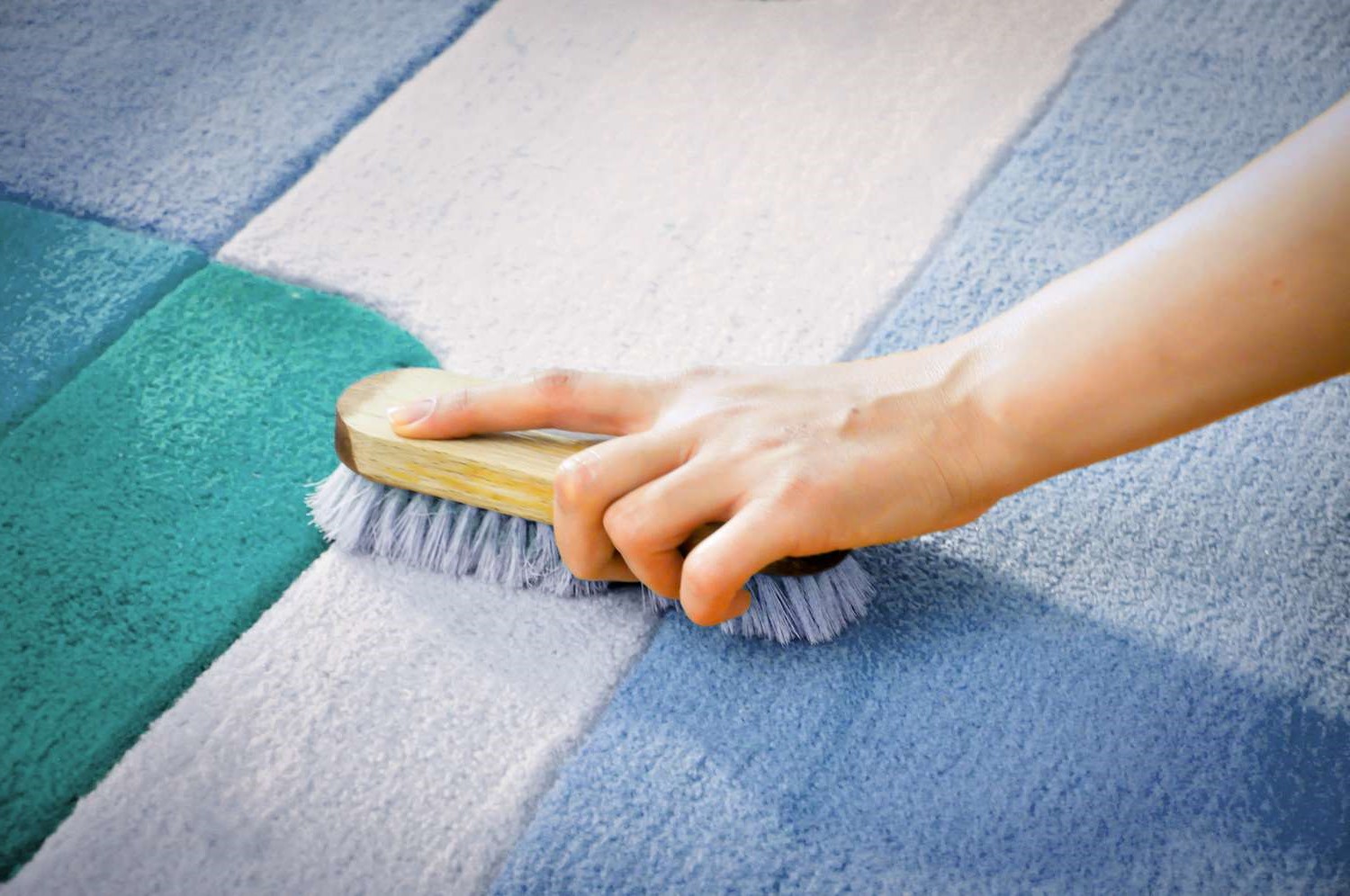

Home and Garden
How To Clean Vomit From Carpet
Published: March 5, 2024
Learn effective techniques for removing vomit stains from your carpet with simple home and garden solutions. Keep your home clean and fresh with these easy cleaning tips.
(Many of the links in this article redirect to a specific reviewed product. Your purchase of these products through affiliate links helps to generate commission for Noodls.com, at no extra cost. Learn more)
Table of Contents
Introduction
Dealing with vomit on your carpet can be a distressing and unpleasant experience. Whether it's caused by a pet, a sick family member, or a late-night overindulgence, cleaning vomit from carpet requires prompt action and the right approach to effectively remove the stain and odor. While it may seem like an overwhelming task, with the right tools and techniques, you can restore your carpet to its pristine condition.
In this comprehensive guide, we will walk you through the step-by-step process of cleaning vomit from your carpet. From gathering the necessary supplies to effectively removing the stain and odor, we'll provide you with practical tips and insights to make the cleaning process as seamless and stress-free as possible.
By following the methods outlined in this guide, you can effectively tackle the unsightly aftermath of a vomit incident and restore your carpet to its former cleanliness. With a proactive approach and the right information at your disposal, you can confidently address this common household challenge and ensure that your carpet remains a clean and inviting feature of your home.
Read more: How To Clean Dog Vomit From Carpet
Step 1: Gather Supplies
Before embarking on the task of cleaning vomit from your carpet, it's essential to gather the necessary supplies to ensure an effective and thorough cleaning process. Here's a detailed list of supplies you'll need:
-
Rubber Gloves: Start by protecting your hands with a pair of rubber gloves to prevent direct contact with the vomit and cleaning solutions.
-
Plastic Scraper or Spatula: A plastic scraper or spatula will come in handy for gently removing any solid matter or chunks of vomit from the carpet fibers.
-
Absorbent Paper Towels or Clean White Cloths: Stock up on absorbent paper towels or clean white cloths to blot and absorb as much of the vomit as possible from the carpet.
-
Vinegar or Ammonia Solution: Prepare a cleaning solution by mixing one tablespoon of white vinegar or clear household ammonia with half a cup of water. This solution will help neutralize odors and break down the stain.
-
Spray Bottle: Use a spray bottle to apply the cleaning solution evenly onto the affected area of the carpet.
-
Baking Soda or Cornstarch: These household staples are excellent for absorbing residual odors from the carpet after the cleaning process.
-
Vacuum Cleaner: A vacuum cleaner with a hose attachment will be essential for thoroughly cleaning and drying the carpet after the stain removal process.
By ensuring that you have all the necessary supplies at your disposal, you can streamline the cleaning process and address the vomit stain effectively. With these supplies in hand, you'll be well-prepared to tackle the next steps in the cleaning process, ultimately restoring your carpet to its pristine condition.
Step 2: Remove Solid Matter
Upon discovering vomit on your carpet, the first crucial step is to swiftly remove any solid matter or chunks from the affected area. This initial action will prevent the vomit from further penetrating the carpet fibers and minimize the risk of a lingering stain and odor. Here's a detailed guide on how to effectively remove solid matter from your carpet:
Gently Scrape the Vomit
Using a plastic scraper or spatula, carefully scrape off any solid particles of vomit from the carpet surface. It's important to approach this step with caution to avoid pressing the vomit deeper into the carpet fibers. By gently lifting and removing the solid matter, you can prevent the stain from spreading and facilitate the subsequent cleaning process.
Dispose of the Waste
After removing the solid vomit from the carpet, promptly dispose of it in a sealed plastic bag to contain the odor and prevent any potential mess. Properly sealing and discarding the waste will help maintain a hygienic environment and minimize the unpleasant odor in your home.
Read more: How To Clean Vomit From Car
Avoid Rubbing or Aggressive Actions
During this stage, it's crucial to refrain from rubbing or applying excessive pressure to the affected area, as this can exacerbate the spread of the stain and push the vomit deeper into the carpet fibers. Instead, focus on gently lifting and removing the solid matter using the appropriate tools, ensuring a careful and controlled approach.
Inspect the Area
After removing the visible solid matter, take a moment to inspect the affected area of the carpet. Look for any remaining residue or particles that may require further attention before proceeding to the next step in the cleaning process. Thoroughly assessing the area will enable you to address any lingering traces of vomit and prepare the carpet for the subsequent cleaning and stain removal steps.
By diligently following these steps, you can effectively eliminate the solid matter from the carpet, laying the groundwork for the subsequent cleaning and stain removal procedures. This proactive approach will set the stage for a thorough and successful cleaning process, ultimately restoring your carpet to its pristine condition.
Step 3: Blot the Area
After removing the solid matter, the next crucial step in the vomit cleaning process is to blot the affected area of the carpet. This step is essential for absorbing as much of the remaining liquid and residue as possible, preventing the vomit from setting deeper into the carpet fibers and causing a persistent stain and odor. Here's a detailed guide on how to effectively blot the area to facilitate the stain removal process:
-
Use Absorbent Materials: Begin by using absorbent paper towels or clean white cloths to gently blot the affected area. Press the towels or cloths firmly against the carpet to soak up the liquid. Avoid rubbing or scrubbing, as this can spread the vomit and embed it further into the carpet.
-
Rotate and Reapply: As the towels or cloths become saturated, rotate them to a clean section and continue blotting. Repeat this process until you've absorbed as much of the liquid as possible. It's important to act swiftly and diligently during this step to prevent the vomit from seeping deeper into the carpet fibers.
-
Work from the Outside In: When blotting the area, start from the outer edges of the stain and work your way toward the center. This technique helps prevent the stain from spreading and facilitates more effective absorption of the liquid. By gradually working toward the center of the stain, you can contain and minimize its impact on the carpet.
-
Apply Gentle Pressure: While blotting the area, apply gentle pressure to encourage the transfer of liquid onto the absorbent materials. Avoid pressing too forcefully, as this can drive the vomit deeper into the carpet. A controlled and methodical approach will yield better results and set the stage for the subsequent cleaning steps.
-
Inspect for Residual Moisture: After thorough blotting, inspect the area to assess the level of remaining moisture. If the carpet still feels damp or shows signs of residual liquid, continue blotting with fresh towels or cloths until the area is noticeably drier. This meticulous approach will help prepare the carpet for the subsequent cleaning and stain removal procedures.
By diligently following these steps, you can effectively blot the area and minimize the impact of the vomit on your carpet. This proactive approach sets the stage for the subsequent cleaning and stain removal steps, ultimately paving the way for a successful restoration of your carpet to its pristine condition.
Step 4: Apply Cleaning Solution
Once you have removed the solid matter and blotted the affected area, the next critical step in the vomit cleaning process is to apply a suitable cleaning solution to effectively tackle the stain and odor. The cleaning solution plays a pivotal role in breaking down the remnants of the vomit, neutralizing odors, and preparing the carpet for thorough cleansing. Here's a detailed guide on how to apply the cleaning solution to facilitate the stain removal process:
Read more: How To Clean Dog Poop Out Of Carpet
Prepare the Cleaning Solution
Begin by preparing the cleaning solution using either white vinegar or clear household ammonia. For the vinegar solution, mix one tablespoon of white vinegar with half a cup of water. If using ammonia, dilute one tablespoon of clear household ammonia with half a cup of water. Both solutions are effective in neutralizing odors and breaking down the vomit stain.
Test in an Inconspicuous Area
Before applying the cleaning solution to the main affected area, it's advisable to perform a patch test in an inconspicuous area of the carpet. This test will help ensure that the solution does not cause any adverse effects such as discoloration or damage to the carpet fibers. Once the test area has been assessed and deemed safe, proceed to apply the cleaning solution to the vomit stain.
Apply the Solution
Using a spray bottle, apply the cleaning solution evenly onto the affected area of the carpet. Ensure that the solution saturates the carpet fibers without oversaturating the area. The goal is to allow the solution to penetrate the carpet and effectively target the remnants of the vomit, facilitating the subsequent cleaning and stain removal steps.
Allow Dwell Time
After applying the cleaning solution, allow it to dwell on the carpet for a few minutes. This dwell time is crucial as it gives the solution an opportunity to break down the stain and neutralize any lingering odors. The duration of the dwell time may vary depending on the severity of the stain and the type of cleaning solution used.
Read more: How To Get Slime Out Of Carpet
Avoid Aggressive Scrubbing
During the dwell time, it's important to refrain from aggressive scrubbing or rubbing the affected area. Instead, allow the cleaning solution to work its magic on the stain. Aggressive scrubbing can potentially spread the vomit residue and damage the carpet fibers, undermining the effectiveness of the cleaning process.
By diligently following these steps, you can effectively apply the cleaning solution to the vomit stain, setting the stage for the subsequent rinsing and drying procedures. This proactive approach will pave the way for a successful restoration of your carpet to its pristine condition, effectively addressing the aftermath of the vomit incident.
Step 5: Rinse the Area
After applying the cleaning solution and allowing it to dwell on the affected area, the next crucial step in the vomit cleaning process is to thoroughly rinse the carpet to remove any residual cleaning solution, vomit remnants, and lingering odors. Rinsing the area is essential for ensuring that the carpet is left clean, fresh, and free from any traces of the vomit stain. Here's a detailed guide on how to effectively rinse the area to facilitate the stain removal process:
Use Clean Water
Begin by preparing a basin or bucket of clean water. It's important to use fresh, clean water for rinsing to avoid introducing any additional contaminants or residues to the carpet. The water should be at room temperature, as extreme temperatures can potentially affect the carpet fibers and the effectiveness of the rinsing process.
Dampen a Clean Cloth
Dampen a clean white cloth or sponge in the prepared water. Ensure that the cloth is not oversaturated, as excessive moisture can prolong the drying process and potentially lead to water damage in the carpet. The goal is to lightly dampen the cloth to facilitate the gentle rinsing of the affected area.
Read more: How To Get Red Wine Out Of Carpet
Gently Blot and Rinse
With the dampened cloth or sponge, gently blot and rinse the affected area of the carpet. Work from the outer edges of the stain towards the center, using light and controlled movements to lift any remaining cleaning solution and vomit residue. Avoid aggressive scrubbing or rubbing, as this can disrupt the carpet fibers and spread the stain.
Repeat as Needed
As you rinse the area, periodically rinse and wring out the cloth or sponge to prevent the transfer of contaminants back onto the carpet. If necessary, prepare additional clean water for rinsing to ensure thorough removal of the cleaning solution and vomit remnants. Repeat the rinsing process as needed until the water runs clear and free from any soapy or discolored residues.
Patience and Diligence
Rinsing the area requires patience and diligence to ensure that all traces of the cleaning solution and vomit residue are effectively removed. Take your time to methodically rinse the affected area, periodically assessing the progress and adjusting your approach as needed. Thorough rinsing is crucial for preparing the carpet for the final step of the cleaning process.
By diligently following these steps, you can effectively rinse the affected area of the carpet, setting the stage for the subsequent drying process. This proactive approach will pave the way for a successful restoration of your carpet to its pristine condition, effectively eliminating the remnants of the vomit incident and ensuring a clean and fresh living environment.
Step 6: Dry the Carpet
After effectively removing the vomit stain and rinsing the affected area, the final critical step in the vomit cleaning process is to ensure thorough drying of the carpet. Proper drying is essential for preventing mold and mildew growth, eliminating residual moisture, and restoring the carpet to its optimal condition. Here's a detailed guide on how to effectively dry the carpet to complete the stain removal process:
Read more: How To Get Gum Out Of Carpet
Use a Vacuum Cleaner with a Hose Attachment
Begin the drying process by using a vacuum cleaner equipped with a hose attachment. The vacuum's suction power will help extract residual moisture from the carpet fibers, accelerating the drying time and preventing the accumulation of dampness. Run the hose attachment over the affected area, ensuring thorough coverage to effectively remove excess moisture.
Employ Air Circulation and Ventilation
Maximize air circulation and ventilation in the room to expedite the drying process. Open windows and doors to allow fresh air to flow into the space, facilitating the evaporation of moisture from the carpet. Additionally, using fans or dehumidifiers can further enhance air circulation and promote efficient drying. Position fans strategically to direct airflow towards the damp carpet, expediting the evaporation of moisture.
Utilize Absorbent Materials
Place clean, dry towels or cloths over the damp area of the carpet to absorb residual moisture. Press down gently to encourage absorption, periodically replacing the towels as they become saturated. This method helps wick away excess moisture from the carpet, expediting the drying process and preventing the reemergence of a damp environment.
Elevate the Carpet
If feasible, elevate the affected area of the carpet to enhance airflow and expedite drying. Prop up the carpet using sturdy objects such as wooden blocks or plastic containers, allowing air to circulate underneath and around the damp area. This technique promotes even drying and prevents the accumulation of moisture beneath the carpet, reducing the risk of potential damage.
Read more: How To Get A Red Stain Out Of Carpet
Monitor the Drying Progress
Regularly monitor the drying progress to assess the moisture levels in the carpet. Check for any lingering dampness or signs of moisture, adjusting the drying methods as needed to ensure thorough evaporation. Patience and vigilance during the drying process are crucial for achieving optimal results and preventing the onset of musty odors or mold growth.
By diligently following these steps, you can effectively dry the carpet and complete the stain removal process. This proactive approach ensures that your carpet is restored to its pristine condition, free from the remnants of the vomit incident. With thorough drying, you can enjoy a clean, fresh, and inviting living space, devoid of any lingering effects of the cleaning process.
Conclusion
In conclusion, effectively cleaning vomit from your carpet requires a proactive approach, the right tools, and a systematic process to ensure thorough stain removal and odor elimination. By following the step-by-step guide outlined in this comprehensive resource, you can confidently address the aftermath of a vomit incident and restore your carpet to its pristine condition.
The initial steps of gathering supplies and removing solid matter lay the foundation for the subsequent cleaning process. By promptly gathering rubber gloves, absorbent materials, and a suitable cleaning solution, you set the stage for a seamless and effective cleaning experience. The careful removal of solid matter and the avoidance of aggressive actions are crucial in preventing the spread of the stain and minimizing its impact on the carpet.
The subsequent steps of blotting the area and applying the cleaning solution are essential for breaking down the vomit residue and neutralizing odors. Through gentle blotting and the application of a vinegar or ammonia solution, you can effectively prepare the carpet for the final stages of the cleaning process. The meticulous application of the cleaning solution and the avoidance of aggressive scrubbing are pivotal in ensuring a successful stain removal outcome.
Rinsing the area and thoroughly drying the carpet are the final steps in completing the cleaning process. By diligently rinsing the affected area and employing effective drying methods, you can eliminate residual cleaning solution and moisture, preventing the onset of musty odors and mold growth. The use of air circulation, absorbent materials, and vigilant monitoring are essential in achieving optimal drying results and restoring the carpet to its optimal condition.
In essence, by following this comprehensive guide, you can navigate the challenges of cleaning vomit from your carpet with confidence and efficiency. The proactive approach outlined in this resource empowers you to address the aftermath of a vomit incident effectively, ensuring that your carpet remains a clean and inviting feature of your home. With the right tools, techniques, and a systematic approach, you can successfully restore your carpet to its pristine condition, free from the remnants of the cleaning process.
